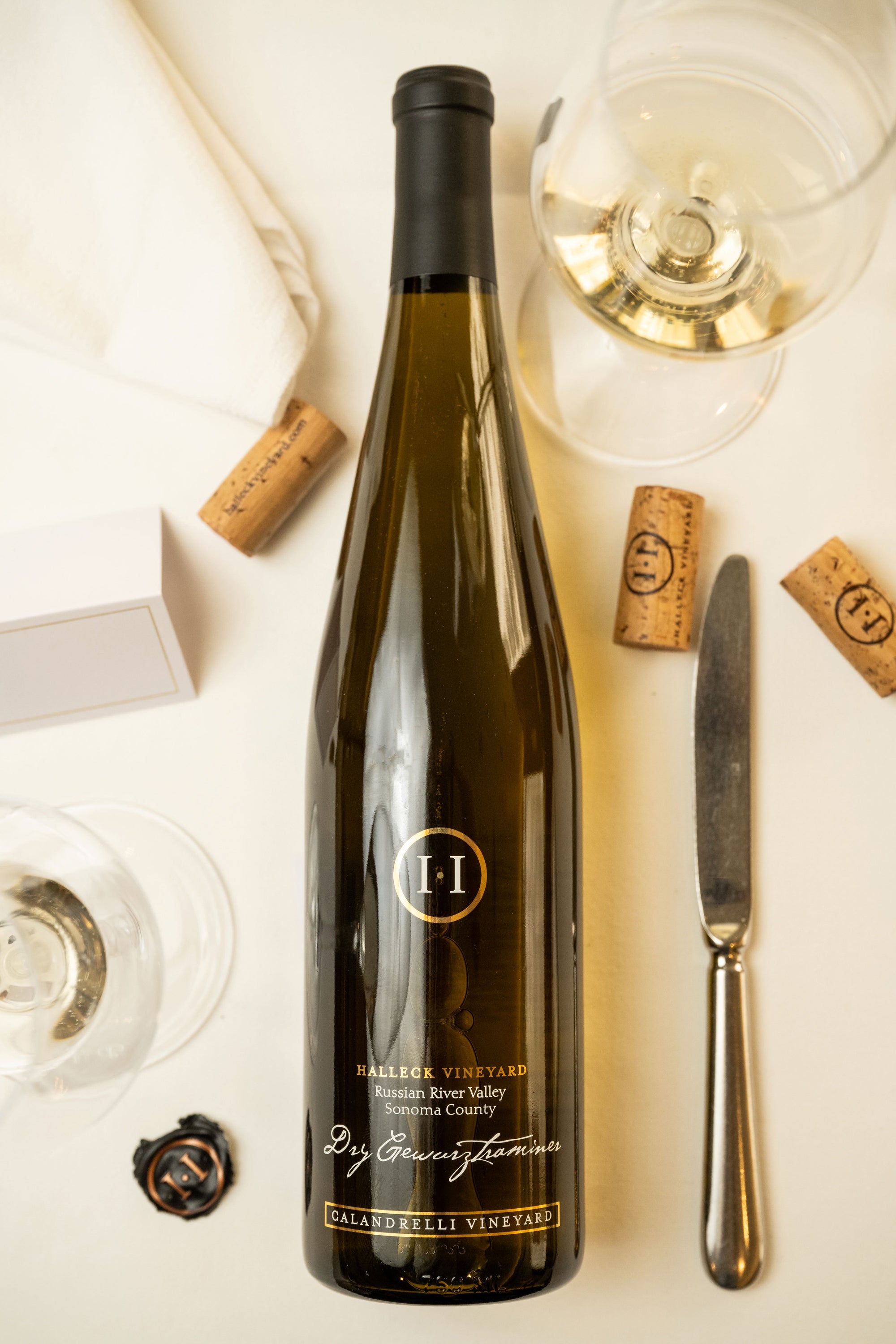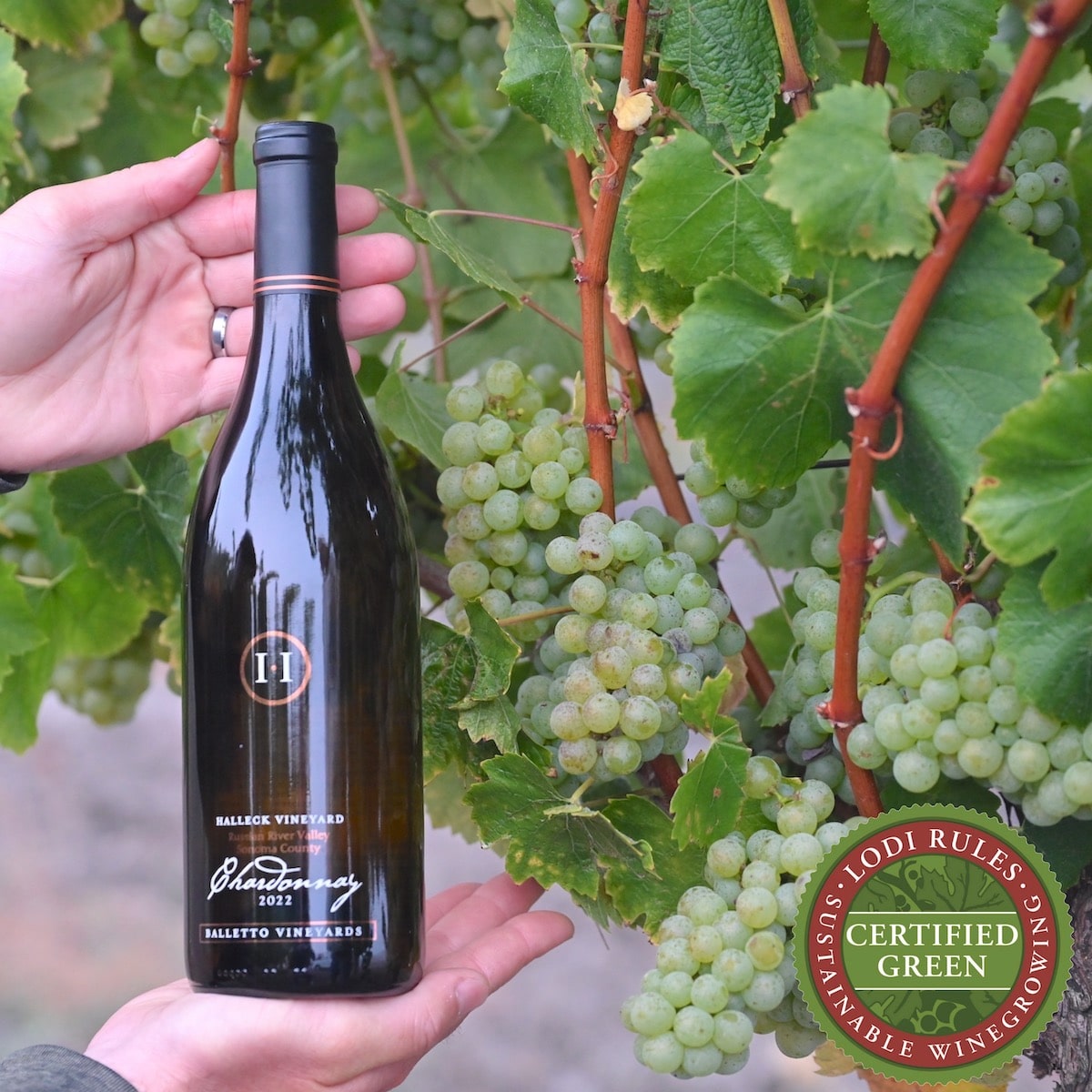Wineries Producing Pinot Noir And Chardonnay - Sebastopol Winery Experience
Wine tasting is an art that combines sensory experience with an appreciation for the nuances of different varietals. How to evaluate flavors in winery wine tasting periods is pivotal to grasping the complexities of wine.
Partaking in a wine tasting includes more than simply sipping and savoring. It requires a focused method to determine aromas and flavors that each wine presents. As you begin, observe the wine's look, noting its shade and readability. These visual cues often recommend a wine’s age, grape variety, and even potential flavor profiles.
The subsequent step in the tasting course of is to swirl the wine in your glass. This motion releases aromatic compounds which are very important for evaluation. Lean in and take a second to inhale deeply; the aromas can vary from floral and fruity to spicy and earthy. The nostril of the wine is just as necessary because the palate, and recognizing scents plays a major position in understanding the general experience.
When taking your first sip, allow the wine to maneuver across your palate - Wineries With Unique Wine Blends. Notice the initial flavors that present themselves. Is the wine fruity, floral, or maybe herbaceous? This preliminary style gives perception into what the wine is more doubtless to express as you continue to evaluate it. The mouthfeel additionally contributes to the overall flavor experience; it may be silky, tannic, and even effervescent.
Wineries That Offer Barrel Tastings - Best Vineyard In Sonoma
As you proceed tasting, pay attention to the wine’s stability. A well-balanced wine will harmonize acidity, sweetness, and tannins. If one component overwhelms the others, it'd point out a less desirable high quality. Evaluating stability might help you identify how well the wine might pair with food.
Transitioning to the finish, contemplate how the flavors evolve as the wine lingers on your palate. A lengthy, pleasant end can point out a high-quality wine, while a brief or abrupt end may counsel in any other case. Replicate on whether the flavors stay constant or if new notes emerge because the wine settles. This progression can reveal complexities and intricacies that might not have been obvious in the initial tasting.
Temperature is also a crucial think about evaluating wine flavors. Totally Different kinds of wine are optimally loved at specific temperatures. White wines typically shine when chilled, while red wines generally carry out greatest at room temperature. When tasting, make certain the wine is on the appropriate temperature to totally appreciate its character.
Unique Wine Blending Experiences In Sonoma - Unforgettable Wine Tastings In Sonoma
Pairing food with wine can significantly improve the tasting experience. Foods can affect the notion of flavors in wine, either highlighting sure characteristics or diminishing them. When evaluating flavors, consider how the wine interacts with completely different meals, noticing which flavors are amplified or muted (Family Friendly Wineries With Outdoor Spaces).

Think About the influence of terroir as you engage in a winery tasting. Terroir encompasses the unique environmental factors that have an effect on grape growing, together with soil composition, local weather, and geography. Understanding a wine's terroir can provide perception into its flavors and aromas, fostering a deeper appreciation for the choices made throughout its cultivation and manufacturing.
Training performs a fundamental role in enhancing one's ability to judge wine flavors. Learning about grape varieties, wine regions, and manufacturing strategies can pave the finest way for extra knowledgeable judgments throughout tastings. Moreover, attending workshops or classes can refine sensory skills and increase your flavor vocabulary, enabling you to articulate tasting notes extra successfully.

Finally, it is essential to do not neglect that evaluating wine flavors is a highly personal experience. Individual preferences and perceptions will invariably shape one’s tasting journey. Enjoyment should be at the forefront, with the analysis process appearing as a software to boost understanding and appreciation quite than create inflexible tips.
Vintage Wine Tasting Experiences In Sebastopol - Sonoma Vineyards Worth Visiting
In conclusion, mastering how to evaluate flavors in winery wine tasting classes entails a mixture of sensory engagement, information, and practice. By studying to establish aromas, assess the stability, and recognize the intricacies of flavor, wine enthusiasts can deepen their connection to each bottle they encounter. As with any art kind, the more one immerses themselves within the experience, the more they may uncover and enjoy the huge world of wine.
- Start by observing the wine's shade and readability, as these visual components can trace at its flavor profile and aging potential.
- Swirl the wine gently in your glass; this releases fragrant compounds, permitting you to better determine the complicated scents related to the wine.
- Take a deep inhale before tasting, focusing on each primary and secondary aromas to collect insights on fruits, spices, and different nuances.
- When tasting, allow the wine to coat your palate; note the initial flavors, the mid-palate complexity, and the finish as these levels can present completely different flavor highlights.
- Pay attention to texture and mouthfeel, as features such as tannin ranges, acidity, and sweetness contribute significantly to the general tasting experience.
- Evaluate flavors towards commonplace wine traits; for red wines, think about berry notes, oak affect, and natural tones, whereas whites might include citrus, stone fruits, and floral hints.
- Take notes during the tasting session to track your impressions, helping you to remember and evaluate the different wines sampled.
- Focus On your findings with fellow tasters or winery staff, as sharing insights can enhance understanding and appreciation of particular person flavors.
- Allow time for the wine to breathe; generally, flavors evolve and reveal new dimensions after being exposed to air.
- Experiment with food pairings in the course of the tasting as they'll dramatically alter how flavors are perceived, influencing total enjoyment.undefinedWhat ought to I search for when evaluating the aroma of wine throughout a tasting?
Begin by swirling the wine in your glass to launch its aromas. Convey the glass to your nostril and take a deep breath. Pay attention to the primary scents you detect, as these are often probably the most prominent. Look for fruit, floral, herbal, or earthy notes and attempt to identify specific traits, which will deepen your understanding of the wine's complexity.
Wineries Perfect For A Relaxing Afternoon - Unique Wine Tasting Experiences In Sebastopol

How can I distinguish between totally different flavor profiles in wine?
Understand that flavor profiles are often categorized as fruit, floral, herbaceous, spicy, or mineral. Take small sips and permit the wine to coat your palate. Discover the primary flavors that emerge first and the refined notes that follow. This layering is crucial in distinguishing the wine's traits and will allow you to recognize its unique profile.
Wineries Focusing On Single Vineyard Wines - Sebastopol Winery Experience
What is the importance of the wine's texture in a tasting?
The texture of the wine, also referred to as mouthfeel, performs an important function in how we perceive flavors. Pay consideration to whether the wine feels clean, creamy, or gritty. The body of the wine (light, medium, or full) can enhance or distinction with flavors, offering a more rounded experience throughout tasting.
How do I assess the stability of flavors in wine?
Balance in wine refers to the harmony between acidity, sweetness, tannin, and alcohol. Take a second to assess whether or not these components complement or interfere with each other. A well-balanced wine may have none of its components overpowering the others, creating a pleasant tasting experience.
Wineries Promoting Wine Club Memberships - Sebastopol's Vibrant Wine Scene
What function does temperature play in evaluating wine flavors?
Temperature can significantly impression the perception of flavors. Usually, purple wines are greatest served slightly beneath room temperature, whereas white wines benefit from being chilled. As the temperature changes, the aromas and flavors can shift, allowing you to perceive totally different characteristics. It’s essential to style wine at its optimal temperature for true evaluation.
Good Wineries For Large Groups In Sonoma Valley - Sonoma Vineyard Tours
How can I improve my tasting skills over time?
Practice is essential to enhancing your tasting skills. Wineries With River Views. Attend tastings, hold a journal of basics your experiences, and discover different types of wines to broaden your palate. Additionally, learning about wine production and grape varieties can provide context that enhances your evaluation process, making you a more informed taster.
Is there a specific order in which I ought to style the wines?
Wineries Near Santa Rosa - Sonoma Vineyards For A Perfect Day Out
Sure, it’s advisable to taste wines from light to full-bodied and dry to sweet. This progression prevents the stronger flavors from overshadowing the extra delicate ones, allowing you to fully recognize every wine's characteristics and nuances with out palate fatigue.
How can I consider the aftertaste of wine?
Wine Tasting Tours In Russian River Valley - Unforgettable Wine Tastings In Sonoma
The aftertaste, or end, is an important aspect of the wine-tasting experience. After swallowing, pay consideration to how long the flavors linger in your palate and whether or not they change. A long, nice finish is usually an indicator of a high-quality wine, whereas a brief or unpleasant finish may suggest in any other case.
Why is it necessary to note the wine’s acidity during tasting?
Acidity contributes to the general freshness and structure of the wine. Pay consideration to the tingling sensation on your tongue; larger acidity can improve the wine's liveliness and balance out sweetness. Noting acidity helps determine the wine's versatility with food and its getting older potential.
What should I do if I battle to identify specific flavors in wine?
Wineries Focusing On Single Vineyard Wines - A Guide To Sonoma Wineries
Struggling to determine flavors is common, especially for novices. Focus on broader classes and describe what you can recognize, such as sweet or earthy notes. With practice, Learn More reading about different flavor profiles, and maybe utilizing flavor wheels, you will refine your senses and develop a extra nuanced strategy to tasting.